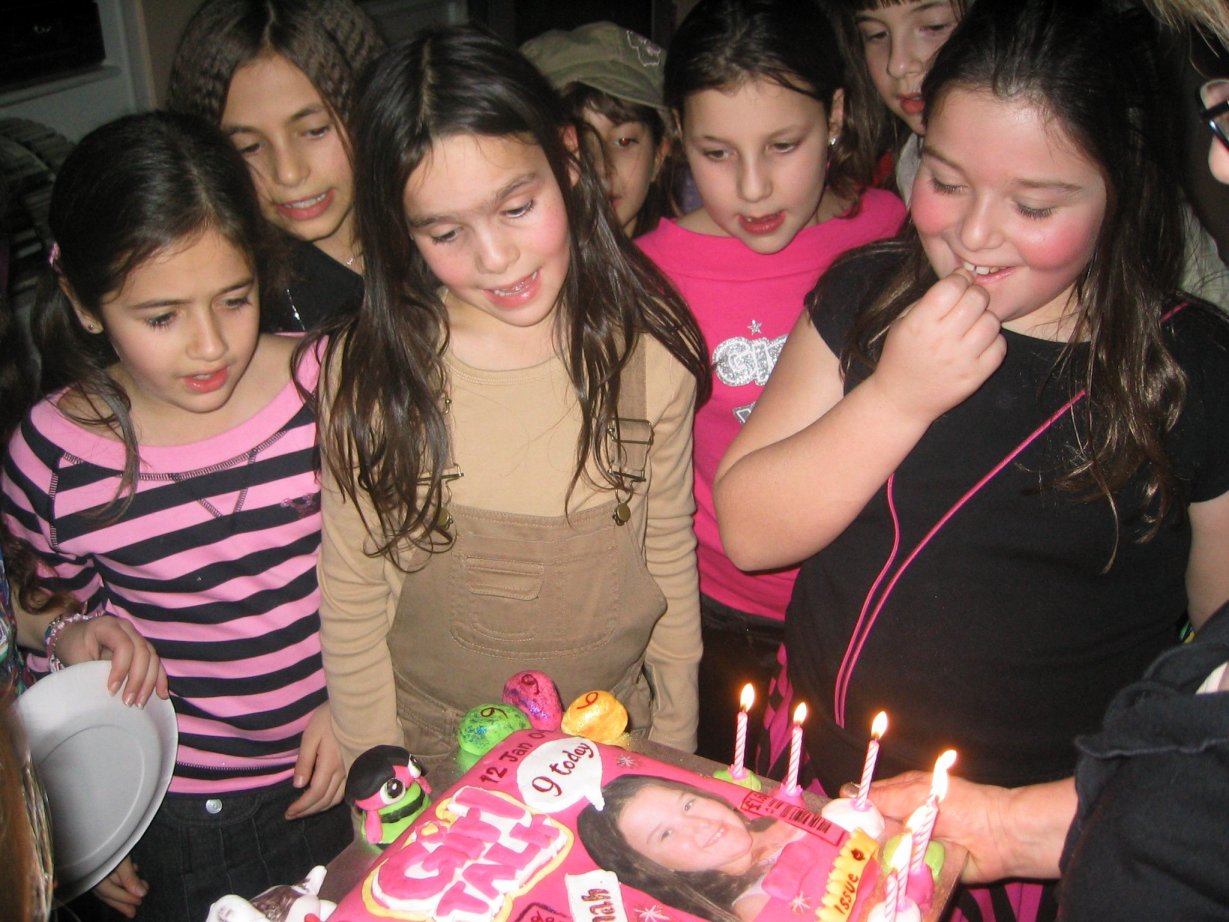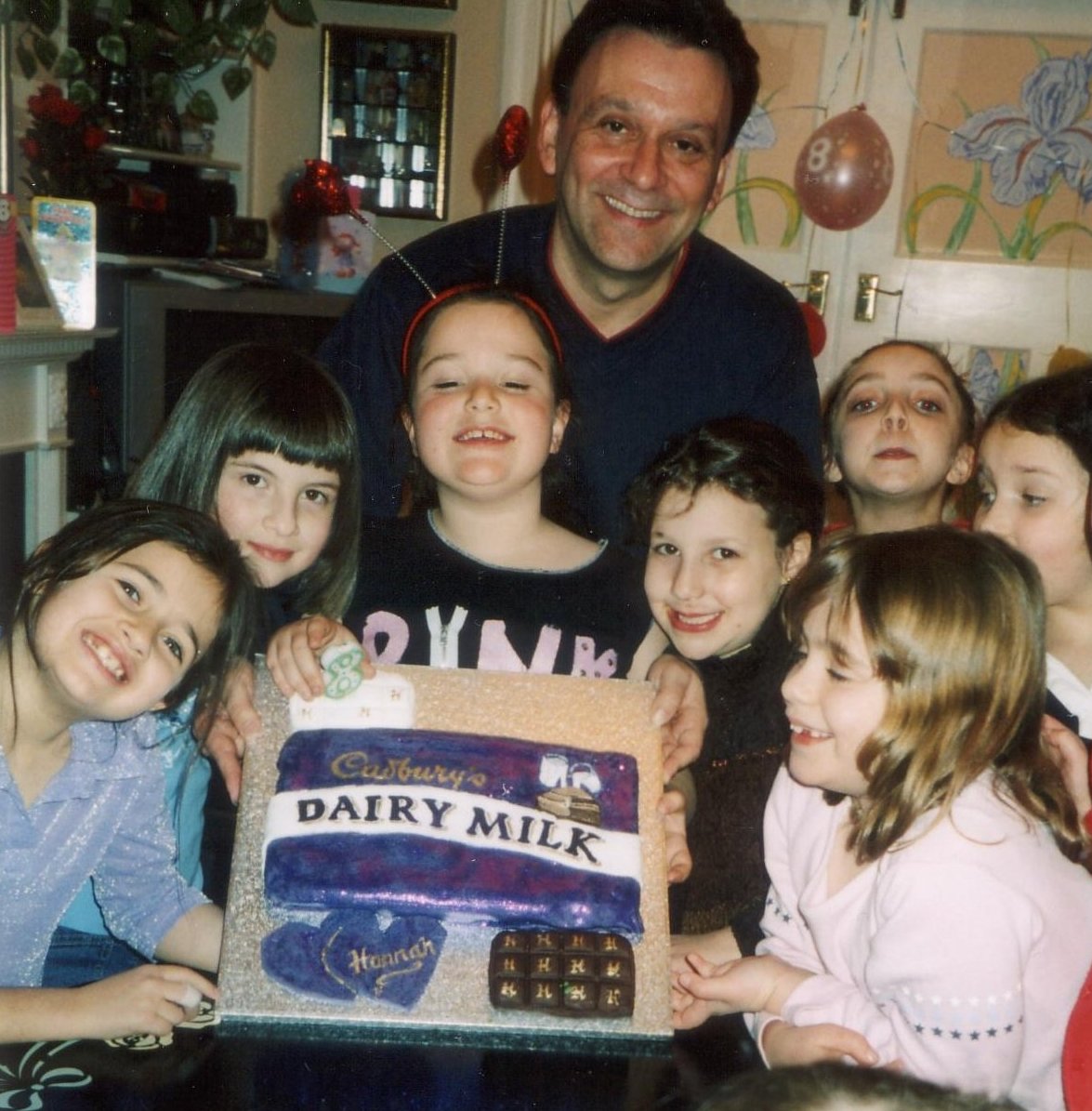
| In a class of 23 children what is the probability that at least two children share the same birthday? |  |
The
easiest way to
solve this problem is to work out the probability that NO two children
share the same birthday. That is what we call the 'complementary' event
to the one we are interested - it's like the 'opposite'. The
probability of any event is always a number between 0 and 1. If you
know the probability p
of the complementary event then the probability of the event you are
interested in is just 1-p.
Imagine we line the children up. Once we know the first
child’s birthday there are 364 ‘unused’
other days
for the second child’s birthday to be different. So
the
probability that the second child’s birthday is different is
364/365.
Now we consider the third child. For its birthday to be
different
to both the first and second child it must fall on one of the 363
unused birthdays, so the probability that its birthday is different
from the other two is 363/365. This means that the probability that all
three birthdays are different is 364/365 times 363/365.
Now consider the fourth child. For its birthday to be
different
to each of the first three children it must fall on one of the 362
unused birthdays, so the probability that its birthday is different
from the other three is 362/365. This means that the probability that
all three birthdays are different is 364/365 times 363/365 times 362/365.
Carrying on this argument for 23 children you find that the
probability that none of the children share the same birthday is:
|
|
 |
So the
probability that at least two children share the same birthday is 1
minus 0.49 which is equal to 0.51. This is just better than a
one
in two chance.
You can use the same method to calculate the probability that at
least two children share the same birthday in a class of size n (where n
is any number). For example, in a class size of 40 (which was the
typical class size when I was a kid) the probability is 0.9.
It
is therefore not surprising that there were invariably kids with the
same birthday in almost every class I ever knew.
The fact that people underestimate this kind of probability so
badly is often used by people to trick you in various ways. Bookmakers
use it to trick you out of money by offering ‘odds’
that
look more generous than they really are. Magicians and self-proclaimed
psychics use it to fool you into thinking they can predict incredible
events, which actually turn out to be very likely indeed.
Finally, it is worth pointing out that we have made some
simplifying assumptions in the above calculations. We have
ignored leap year birthdays (which makes the probability lower by a
tiny fraction) but set against this we have ignored the fact that in
practice birthdays are not spread evenly throughout the year; in fact
if you take into account this ‘non
uniform’
distribution of birthdays (far more birthdays occur in May in England
than in October even though both months have 31 days), it turns out
that you need just 20 children in a class for the probability of
finding a duplicate birthday to be about 0.5, in other words about 50%
of any classes of 20 children will have children with duplicate
birthdays.
Why do people get it so wrong? Probably because they think in
terms of someone else sharing the same birthday as themselves. That
probability is fairly low. It is the same reason why people massively
underestimate the probability of events that they think are incredibly
rare. Read this example
to see what I mean.